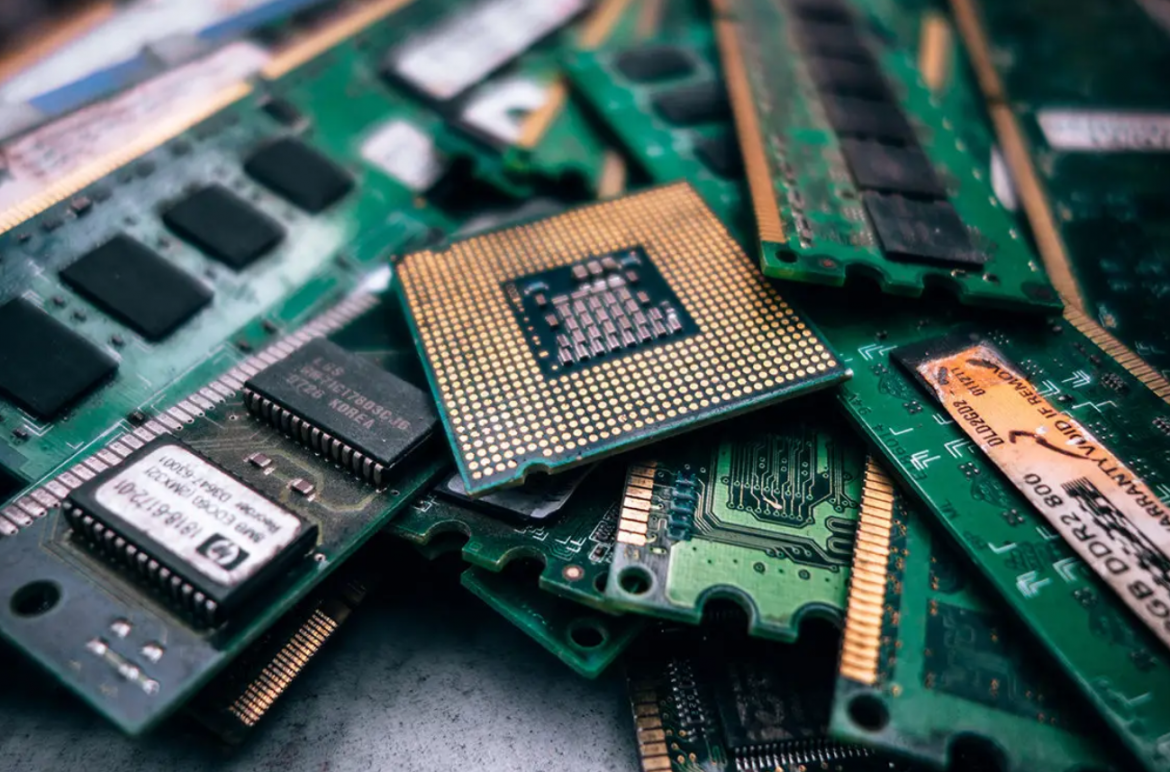Technology is advancing at a rapid pace, and nowhere is this more evident than in the field of chips and processor technology. Over the past few decades, we have seen incredible advancements in this field, leading to smaller, faster, and more powerful devices. But what does the future hold? In this article, we will explore current trends and make predictions for what we can expect in the coming years.
Quantum Computing
One of the most exciting areas of development in chip and processor technology is quantum computing. Unlike traditional computing, which relies on bits to represent information as either a 0 or 1, quantum computing uses quantum bits (qubits) that can exist in multiple states at once. This allows quantum computers to perform certain calculations exponentially faster than traditional computers.
While quantum computers are still in their infancy, there have been significant advancements in recent years. In 2023 and beyond, we can expect to see more progress in this field, with the development of more powerful quantum processors and the expansion of practical applications for quantum computing.
Artificial Intelligence
Another major trend in chip and processor technology is the development of artificial intelligence (AI). AI relies heavily on advanced processors that can handle the complex calculations required for tasks like image and speech recognition, natural language processing, and more.
In the coming years, we can expect to see continued advancements in AI and machine learning, with more powerful and efficient processors being developed to support these applications. This could have major implications for industries like healthcare, finance, and manufacturing, where AI has the potential to revolutionize processes and improve outcomes.
Neuromorphic Computing
Neuromorphic computing is a field of research that seeks to mimic the way the brain processes information, using chips and processors designed to work more like neurons. This approach to computing has the potential to drastically improve efficiency and performance, as well as enable new applications in areas like robotics and autonomous vehicles.
In the coming years, we can expect to see more development in neuromorphic computing, with the creation of more advanced chips and processors that can support this type of computing.
Smaller, More Efficient Processors
While the above trends represent major leaps forward in chip and processor technology, we can also expect to see continued improvements in more traditional areas like size and efficiency. As devices become smaller and more compact, there will be an increasing demand for processors that can provide high performance while using less power.
In the coming years, we can expect to see more development in this area, with the creation of processors that are not only smaller and more efficient but also more flexible and customizable.
The future of chip and processor technology is an exciting one, with many new developments and trends on the horizon. From quantum computing to artificial intelligence, neuromorphic computing, and smaller, more efficient processors, we can expect to see major advancements in the coming years. These developments will not only impact the way we live and work but also create new opportunities for innovation and growth in a wide range of industries. So, buckle up and get ready for a wild ride into the future of chip and processor technology!



